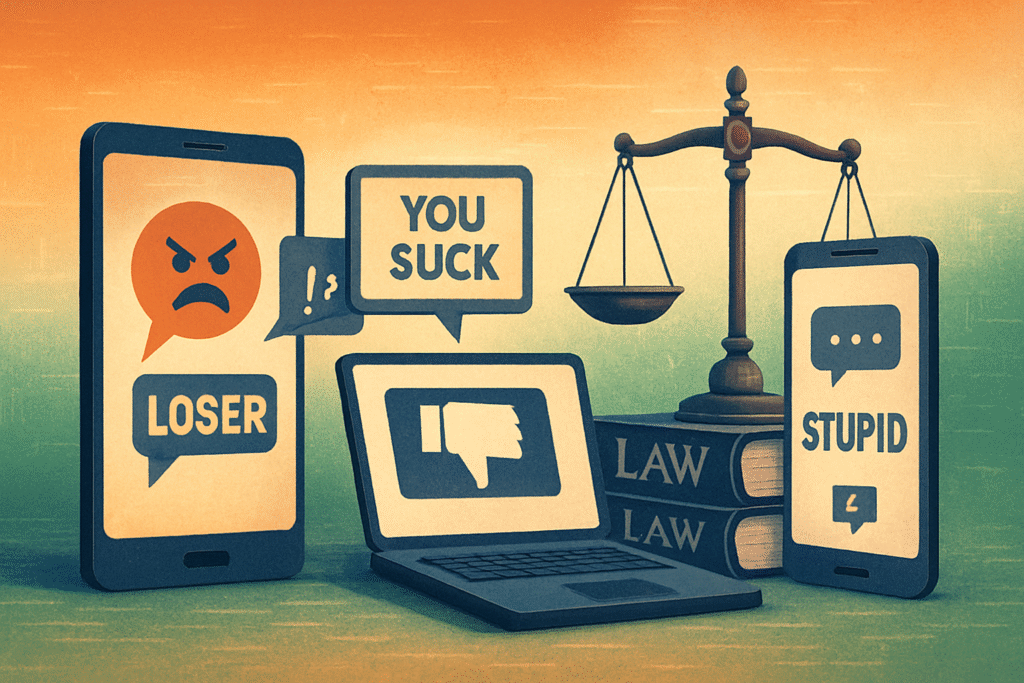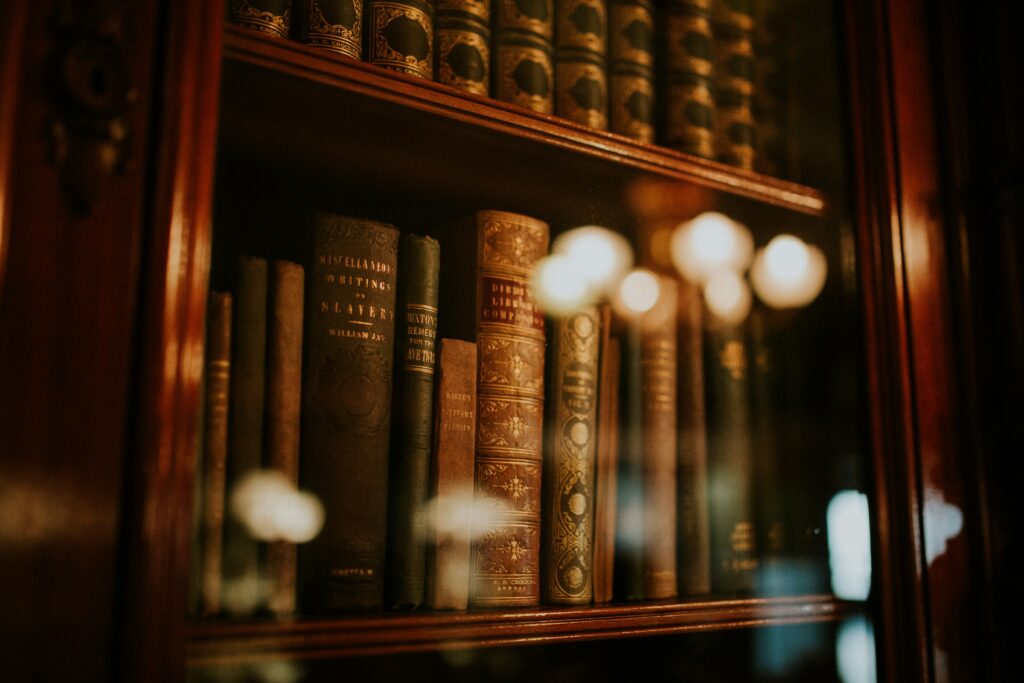Published on 05th August 2025
Authored By: Shraddha Trivedi
Indian Institute of Management, Rohtak
Abstract
Free speech in a democracy is not merely a right—it’s an act of breathing. But when that breath turns into a storm, threatening to suffocate the dignity of others, it becomes a weapon. India stands today at a legal and moral crossroads, where the very tool that built our democracy—speech—is increasingly being used to dismantle it.
This article dissects the fine line between hate speech and free speech in India. While Article 19(1)(a) enshrines the liberty to express, Article 19(2) restricts it in favour of public order and dignity. In light of rising communalism, polarised media, and social media radicalisation, we explore how jurisprudence, society, and state power have dealt with this conflict. The need for nuance is urgent because words can kill, but silence can also be complicit.
Introduction
“I disapprove of what you say, but I will defend to the death your right to say it.” — Often attributed to Voltaire (actually coined by Evelyn Beatrice Hall) . This quote, although put forth in simple terms, which is deceiving, we see in it the heart of liberal democracy. It puts forth that the validity of a free society is in how it deals with disagreeable speech, not its agreeable speech, which is what we see in most. Also, it presents that what is spoken has the right to be said regardless of what that speech is. But in the Indian context, this ideal is put to the test, which is that words are more than expressions; they are social forces that do or do not bind in the fragile fabric of pluralism. What we see is when speech goes beyond the offensive into the harmful. When is it used to vilify communities, incite violence, or bring to the fore centuries-old prejudices? Should we still protect such speech under the wide banner of free expression? Or does the law step in to draw a line, however thin, between liberty and liability? Isn’t it the case of free speech or rather an issue of public order and constitutional cohesion? In what we see as a fundamental issue between Article 19(1)(a) and Article 19(2) of the Constitution, we aren’t dealing with a legal issue alone but an existential one. In a democracy that is a home to liberty, equality, and fraternity, putting forth hate as a right to free speech is to poison all three. At the same time though which is a fine line we walk in between curbing speech which is too broad and thus which which enables authoritarian control and puts at risk legitimate dissent. This article looks at the issue of what is the proper line between the right to express offense and the duty to not cause harm which we see played out in Indian law, courts and society as they attempt to determine free and hate speech in the age of digital misinformation, communal polarisation and growing intolerance.
The Constitutional Design: Balancing Liberty and Order
Article 19(1)(a): The Soul of Democracy : Article 19(1)(a) of the Indian Constitution guarantees the freedom of speech and expression. It forms the cornerstone of participatory democracy. In Maneka Gandhi v Union of India, the Supreme Court held that this freedom includes both the right to express and the right to receive information.¹ Free speech, the Court noted, is a condition of democratic legitimacy—not a gift from the state, but a shield against its overreach.
Article 19(2): Reasonable Restrictions: The same Constitution allows for reasonable restrictions on free speech under Article 19(2). These restrictions serve the interests of:
- Public order
- Morality and decency
- Sovereignty and integrity of India
- Security of the state
- Contempt of court
- Defamation
- Incitement to an offence
- Friendly relations with foreign states
As Justice Subba Rao once observed:
“The freedom of speech and expression is the bulwark of a democratic government, but it cannot be used to trample the dignity of others.”²
Understanding Hate Speech: The Weaponisation of Words
Definitional Vacuum
Indian law lacks a precise legal definition of hate speech. The 267th Law Commission Report defined it as: “An incitement to hatred against a group of persons defined in terms of race, religion, ethnicity, gender, etc.”³ This vagueness has led to arbitrary and selective enforcement. What is hate to one judge may be passion to another.
The Real-World Impact : Hate speech often precedes acts of mass violence—from the 1984 anti-Sikh riots to the 2002 Gujarat riots, and the 2020 Delhi riots. In Pravasi Bhalai Sangathan v Union of India, the Supreme Court acknowledged that hate speech undermines constitutional fraternity.⁴ Yet, despite recognition, courts often hesitate to proactively direct penal reform or robust accountability mechanisms.
Legal Framework: Fragmented and Politicised
- Indian Penal Code: Sections in the IPC dealing with hate speech include:
- Section 153A – Promoting enmity between groups
- Section 295A – Insulting religious beliefs with deliberate intent
- Section 505(2) – Statements conducing to public mischief
These laws are often used more as tools of suppression than protection, particularly against dissenters, minorities, and activists.
- The IT Act and Shreya Singhal Case: Section 66A of the IT Act, which criminalised offensive messages online, was struck down in Shreya Singhal v Union of India for violating free speech.⁵ The Court introduced a two-tier test:
- Advocacy: protected
- Incitement: punishable
However, the lack of any substantial replacement for online hate speech regulation leaves a dangerous void.
Judicial Trends and Tensions
- Amish Devgan v Union of India
When a TV anchor referred to a Sufi saint as an “invader,” FIRs were filed across states. The Supreme Court refused to quash them, holding: “Free speech does not include hate speech in disguise.”⁶ This was a significant acknowledgment of the power of public figures to incite hate under the guise of journalism.
- Selective Silencing and Inequity
The law tends to come down heavily on student activists and minority voices while turning a blind eye to majoritarian hate. This asymmetry in enforcement is a constitutional betrayal of Articles 14 and 21.
Comparative Jurisprudence: A Global Mirror
- USA: Near-absolute protection under the First Amendment, yet racial hate speech persists.
- Germany: Strict laws criminalising Holocaust denial and hate propaganda.
- UK: The Public Order Act criminalises speech that stirs racial or religious hatred.
India’s challenge is unique: a deeply plural society, with colonial-era laws and a contemporary media ecosystem that thrives on polarisation.
Recommendations
Free Speech with Accountability
- Codify a Clear Definition of Hate Speech
Grounded in intent, impact, and context.
- Fast-track Judicial Mechanisms
To avoid political influence and delayed justice.
- Regulate Media and Algorithms
TRP-driven hate speech must face both social and legal censure.
- Promote Counter-speech and Civil Dialogue
As the best antidote to hate is not censorship, but reasoned rebuttal.
Conclusion
Can a society present itself as free when the speech it supports is used to silence, dehumanize, and endanger others?
The Indian Constitution puts forward more than just liberty; it puts forth a sense of fraternity, which in turn guarantees individual dignity and national unity. This is not a void ideal; it is a constitutional mandate. Speech that incites community hatred not only goes against what we accept as proper, but also tears at the fabric of democratic coexistence.
In India, we have free speech, which is a basic right. But that freedom is not an excuse to destroy. The founders of our Constitution did not intend for the platform of speech to be used as a tool of majoritarian dominance, nor did they see a situation where dissent is put to rest in the name of civility. The law thus must do a fine balance, it must remove hate from the equation, but at the same time, preserve the pulse of democracy.
Judiciaries have set the tone, but we still don’t have a unified direction. What we do need is a clear set of rules from the lawmakers. Also, what is required is a social shift which has a moral base and which is able to tell the difference between what offends and what is oppressive, between criticism and meanness. Free speech should be a tool to go after power structures, not a weapon to use against the weak.
As a member of the community, we must put into practice that which we preach for ourselves, which is to extend to others the freedom we wish for ourselves — but that is until that freedom is used for violence, vilification, or system-wide oppression. We see true liberty in the responsible use of expression, which is aware of its scope and place.
To quote Martin Luther King Jr., “We must be a family, or we all go down.”
The future of India’s democracy is in what we do, in our ability to protect the purity of free speech, which also does not become a shield for hate. And in our promise to live by the Constitution, not just in what it says but in what it stands for.
References
- Maneka Gandhi v Union of India AIR 1978 SC 597.
- Kharak Singh v State of UP AIR 1963 SC 1295.
- Law Commission of India, ‘267th Report on Hate Speech’ (March 2017). 4. Pravasi Bhalai Sangathan v Union of India (2014) 11 SCC 477.
- Shreya Singhal v Union of India (2015) 5 SCC 1.
- Amish Devgan v Union of India (2021) 1 SCC 1.
- BR Ambedkar, Annihilation of Caste (1936).




